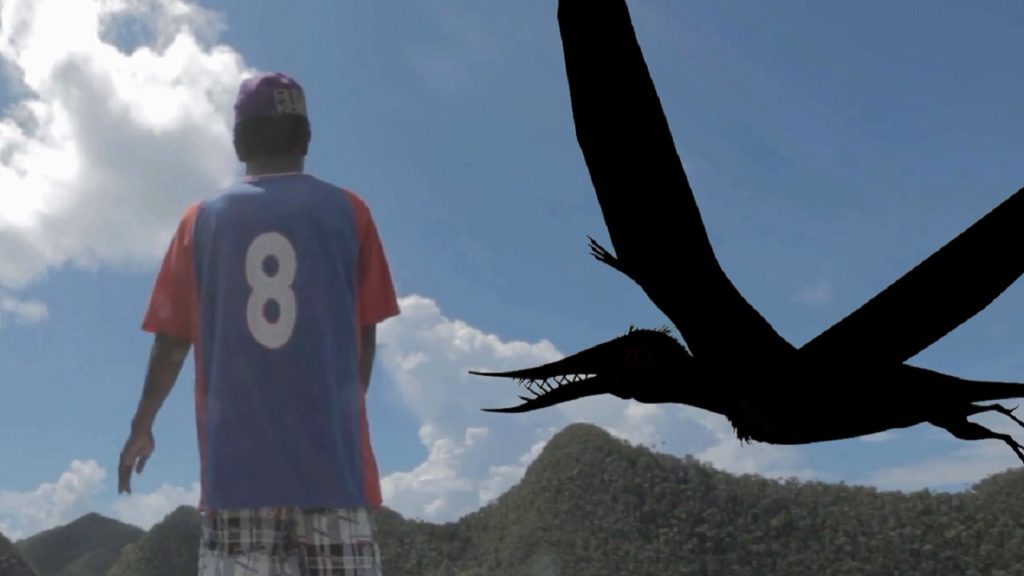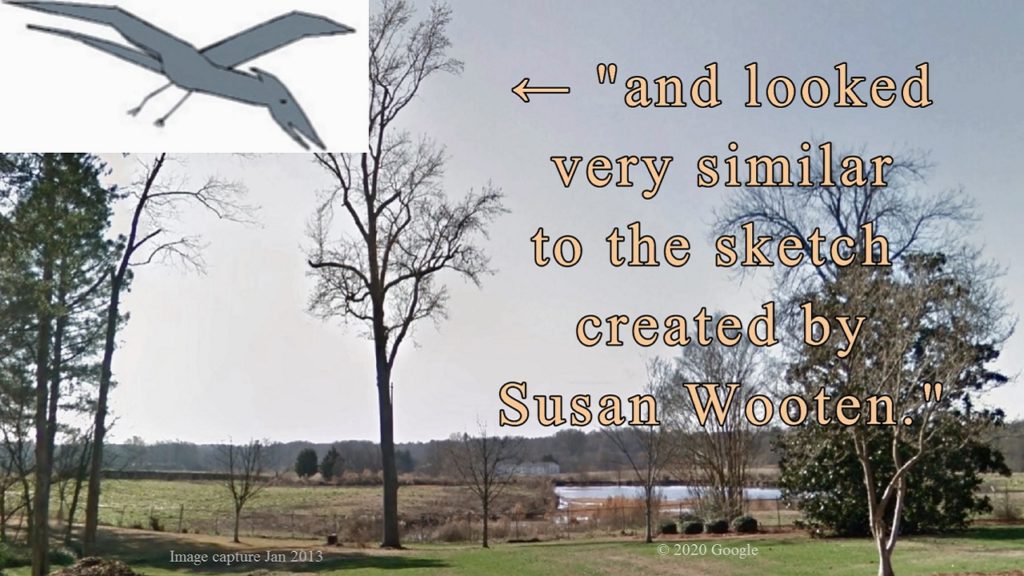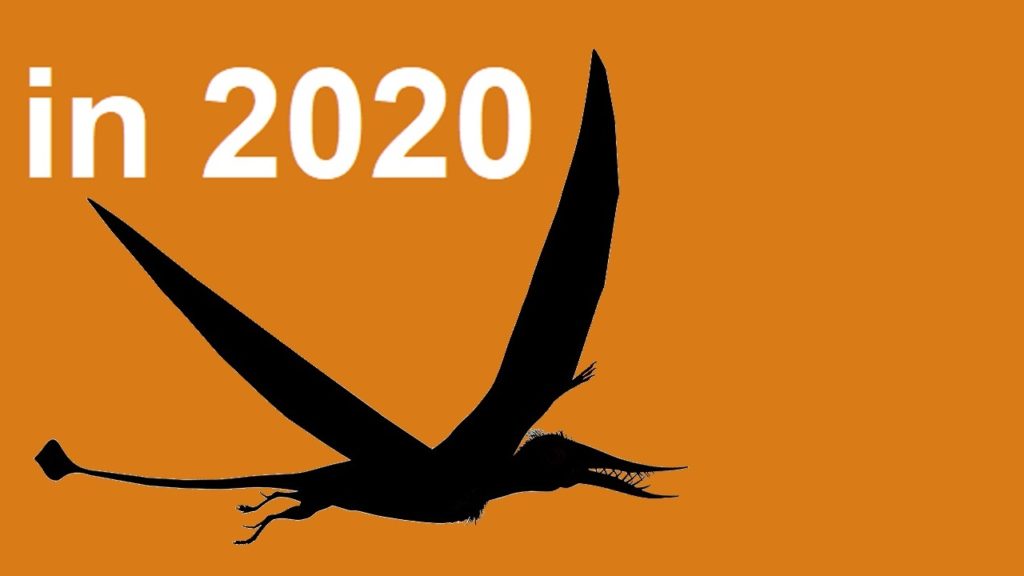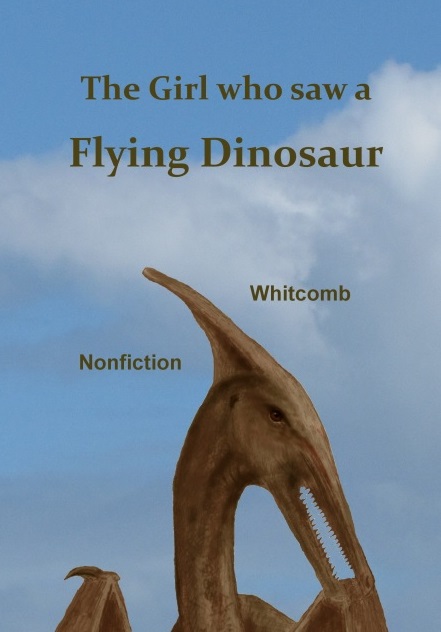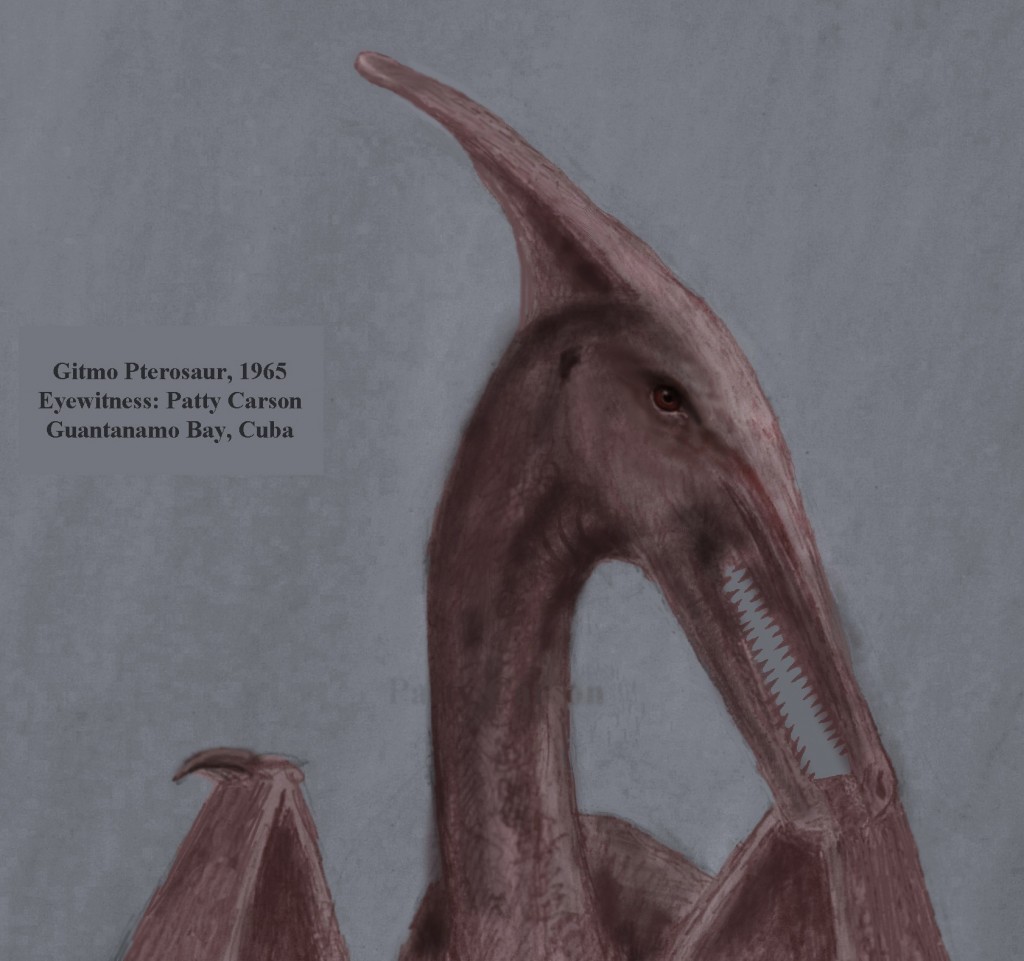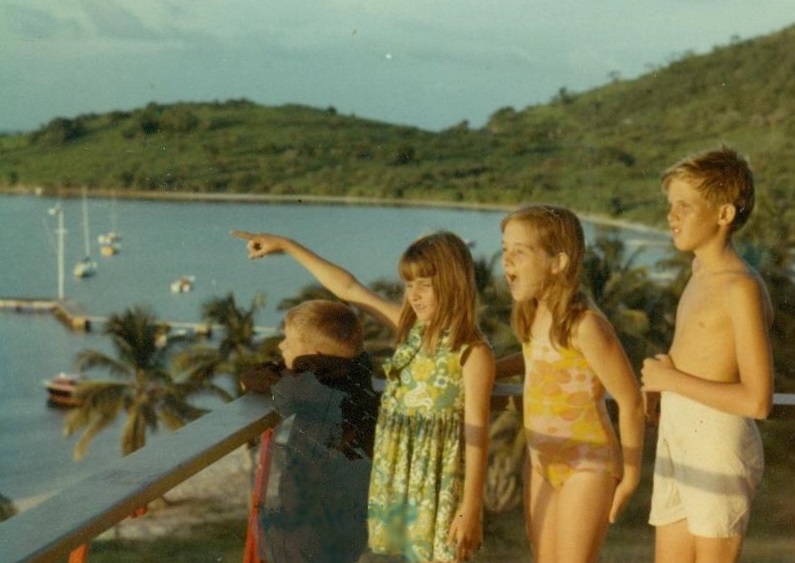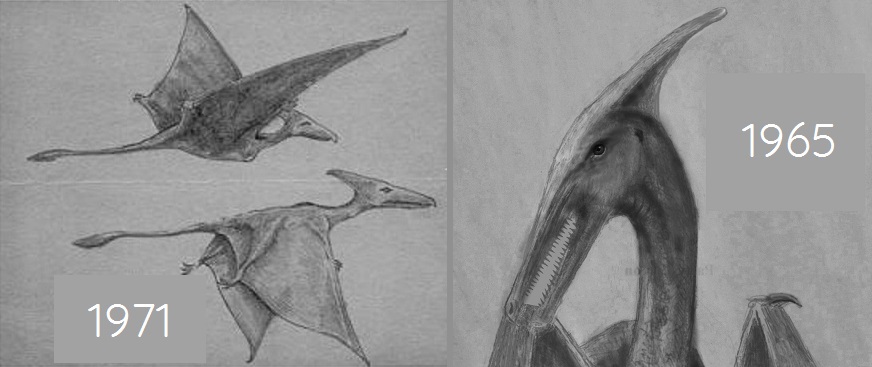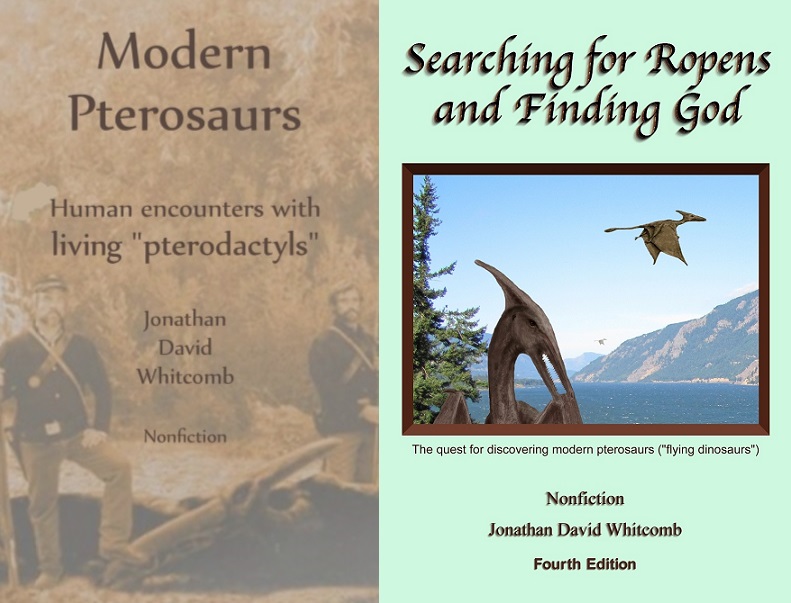By the living-pterosaur cryptozoologist Jonathan David Whitcomb
Quotations from three nonfiction cryptozoology books
Searching for Ropens and Finding God (4th edition)
. . . avoid ridiculing those labeled creationist. . . . When in human history has one person always been wrong? [Introduction]
Albert Schweitzer inspired me, earlier in my teenage years, when I read of his unselfish missionary labors: He gave natives medical treatment in Africa; he also treated injured animals. I imagined myself as a missionary, helping natives in a jungle. Only later did Sanderson’s books steer my imagination into jungle explorations in search of undiscovered animals. [page 14]
After my own expedition in Papua New Guinea, I pondered how I had become involved and how those videos had touched me. What were the early signs that there were living pterosaurs in the Southwest Pacific? [pg 22]
With Mary Blume’s help with interpreting, Guessman then interviewed Jacob Kepas [He was a Baptist minister at the time of this interview], who was twelve years old, living in the Wau area of the mainland, when he saw what we believe was a ropen. He heard a “whoosh” of wind, one night, and ran outside to see the seklo-bali that had just flown over his village. [pg 94]
.
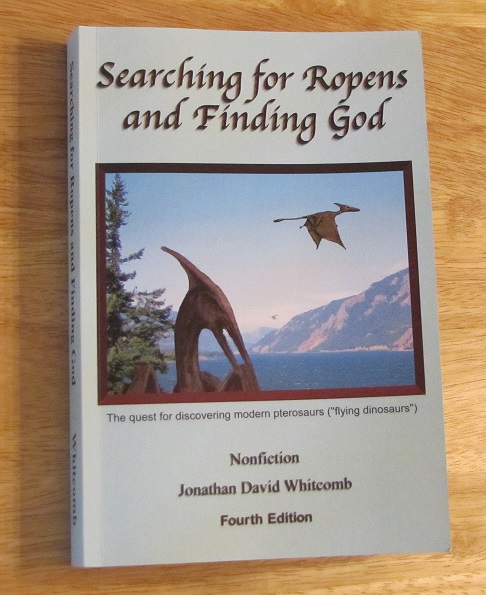
The “Bible of modern pterosaurs”
.
Live Pterosaurs in America (3rd edition)
Could it have been a giant mechanical model? This mechanical idea breaks down. Why would a model fly from one swamp into another swamp? Why would it be so much bigger than the known mechanical models? How could it dive down to just above the highway and then ascend to fly over trees tops on the other side, without any acceleration of wing flapping and without even any mechanical appearance of wing flapping? And why would a mechanical model closely resemble a giant flying creature that catches fish on reefs in Papua New Guinea? They’re both too much alive. [pg 12]
I found it interesting that she asked if a “society” existed for receiving her report, and that the word “pterodactyl” gave her, at first, embarrassment. In Western society, including the United States, dogmas of extinction cause eyewitnesses of live modern pterosaurs problems: “Who do I tell?” is common; recognizing and verbalizing “embarrassment” is uncommon. I am grateful for the broadcasts of Destination Truth and Monsterquest, for they revealed the possibility of flying creatures like “pterodactyls” (even though pertaining to New Guinea). I hope many American eyewitnesses will thereby come to trust their senses, even without embarrassment. [pg 53]
.
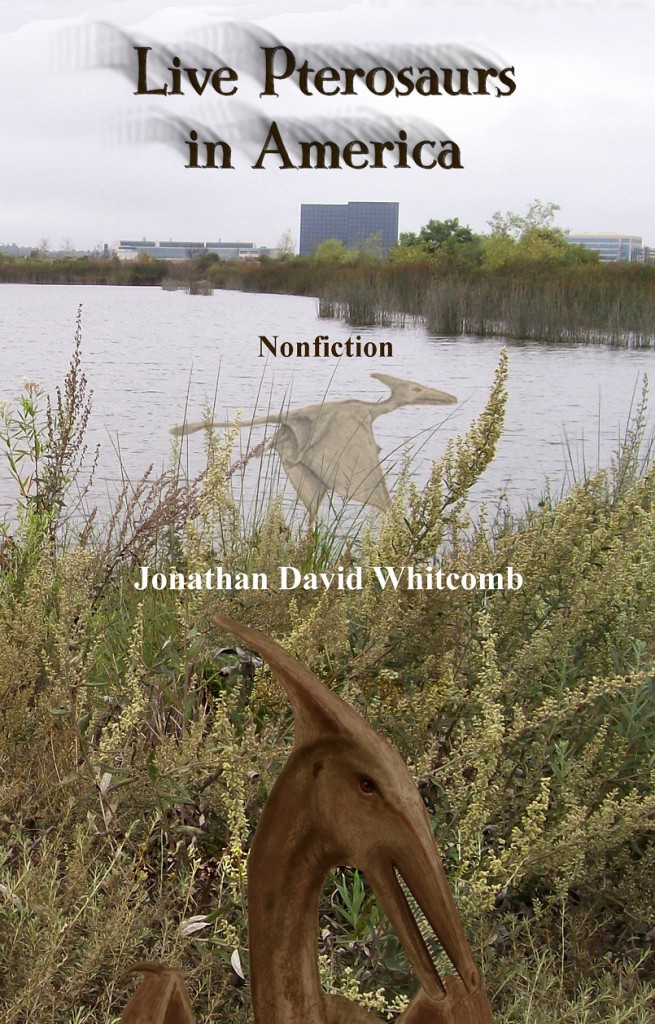
Live Pterosaurs in America (revised, third edition)
.
Modern Pterosaurs
I remember the experiences of a boy in Irving, Texas, in the 1970’s. A “very scary looking” flying creature had a big beak like those of fishing birds, but this thing had no feathers. It did have “claw hands” on top of its wings. Later, the boy’s teacher told him to be quiet. [pg 14]
Sometimes a sporting event brings many people out for a potential sighting. In 2010, I got an email from a man who was a teenager at a soccer camp at Presbyterian College in Clinton, South Carolina, in the mid-1990’s. He told me that the flying creature “was huge, as big as a plane.” At least five parents and students watched it fly into a cloud. The teenager shouted, “That was a pterodactyl!” but the adults decided to keep quiet. [pg 15]
One stumbling block is this: Paleontologists, whether professional or amateur, have a habit of mentioning the supposed religious beliefs of those who promote the possibility of extant pterosaurs. In fact, in at least one or two posts, an expert on fossils ridicules a religious belief without even mentioning the word fossil. How easy it is for some readers to see only one of those posts and conclude that religious fanatics have been carried away by religious bias! [pg 66]
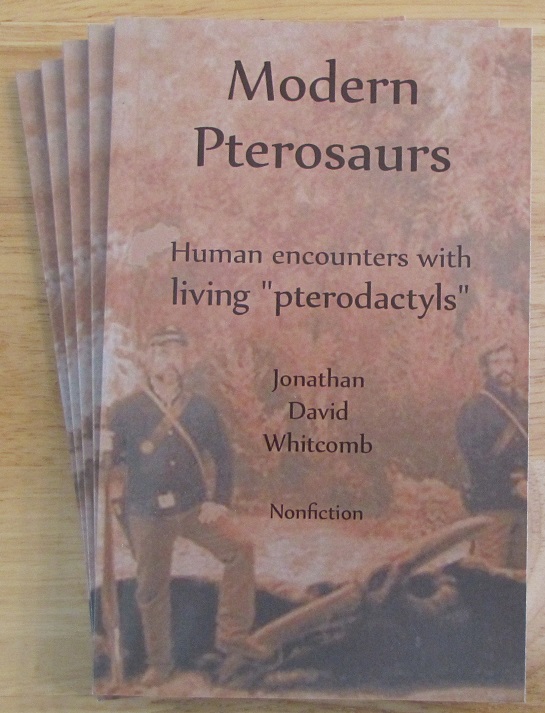
Modern Pterosaurs (published in the spring of 2017)
.
###
.
Living pterosaurs in Papua New Guinea
Three Americans explored a tropical rain forest in Papua New Guinea, within the past few weeks, and two of them succeeded in observing an apparent living pterosaur.
.
Living pterosaurs for LDS readers
In a broad perspective, the reality of modern non-extinct pterosaurs is more in harmony with a belief in the Flood of Noah, with preservation of species on the Ark, than it is with the origin philosophy of Charles Darwin.
.
Book about modern pterosaurs
For countless years, an old photograph has been seen on the internet, and some persons report they had seen it in a book decades before there was an internet.
.
Book about the ropen
The fourth edition of another nonfiction book “Searching for Ropens and Finding God” can be classified in cryptozoology, yet it’s also a spiritual book, not much about any particular religion but asking for religious tolerance.
.
Non-extinct pterodactyls
Are they still alive? Can reports of flying dragons be more than legends? . . . Pterosaurs, the technically correct name for what many call “pterodactyls,” are known by Western scientists through their fossils.
.
Baptist minister searches for a living pterosaur
Late in 2006, Pastor Jacob Kepas (a Baptist minister) was interviewed by Paul Nation, in a hut in Tawa Village, deep in the mountainous interior of the mainland of Papua New Guinea. Kepas had recently climbed up a hill adjacent to a cliff where some of the nocturnal flying creatures sleep during the day.
.
LDS Author Jonathan Whitcomb
Nonfiction dragons, or “pterodactyls,” as described by eyewitnesses around the world, beginning in Papua New Guinea
.
A long review of Live Pterosaurs in America
. . . as I [was] browsing I spotted a book “Live Pterosaurs in America” by Jonathan David Whitcomb, a nonfiction analysis of actual sightings in the USA. This I had to own, so I immediately ordered it from Amazon, and a few days later it was mine! And you know what — I’m glad I bought it, and have enjoyed reading it.
.
Nonfiction books on living pterosaurs
I have written four nonfiction books about living pterosaurs, in a total of nine editions.
.
